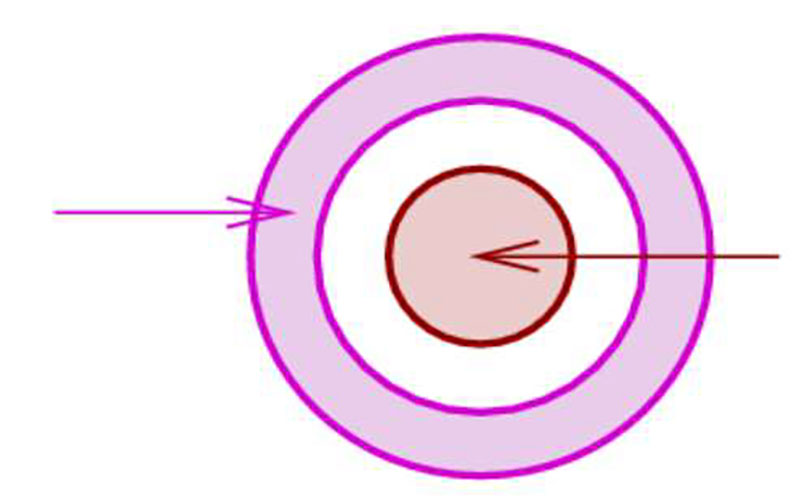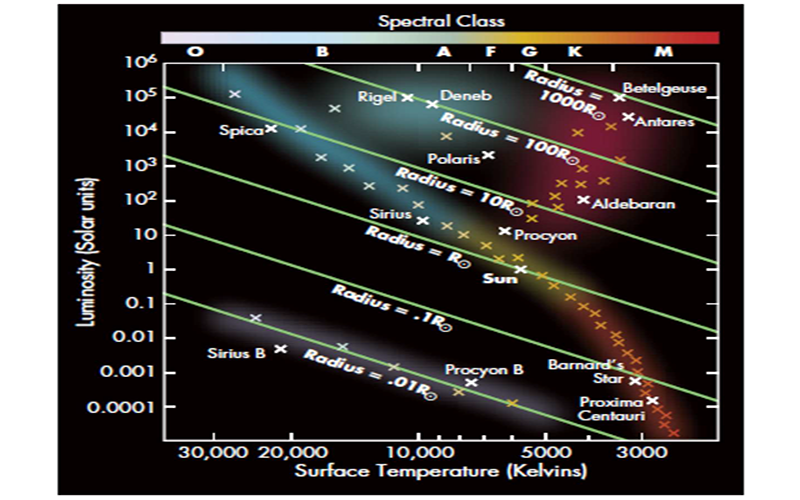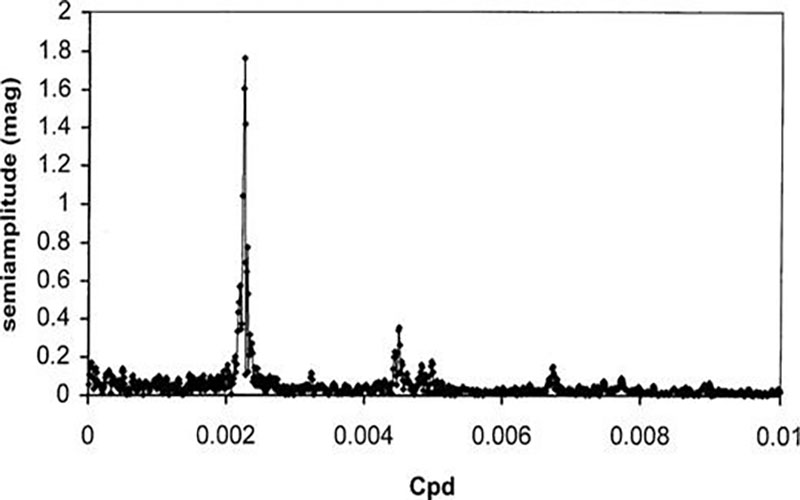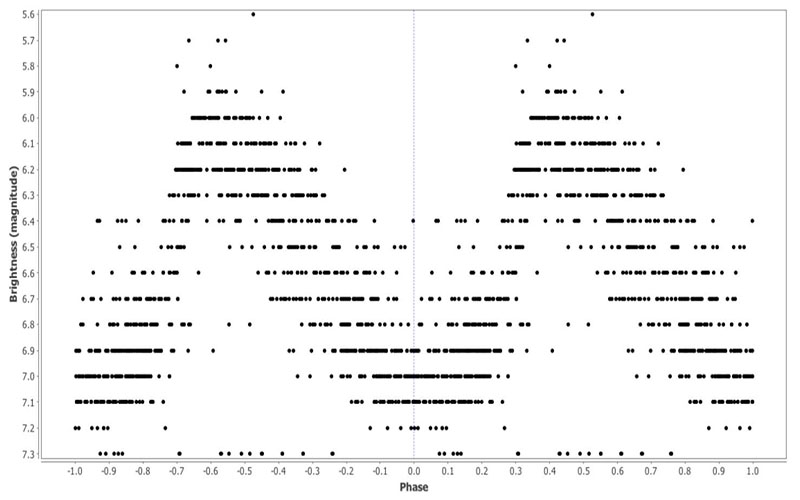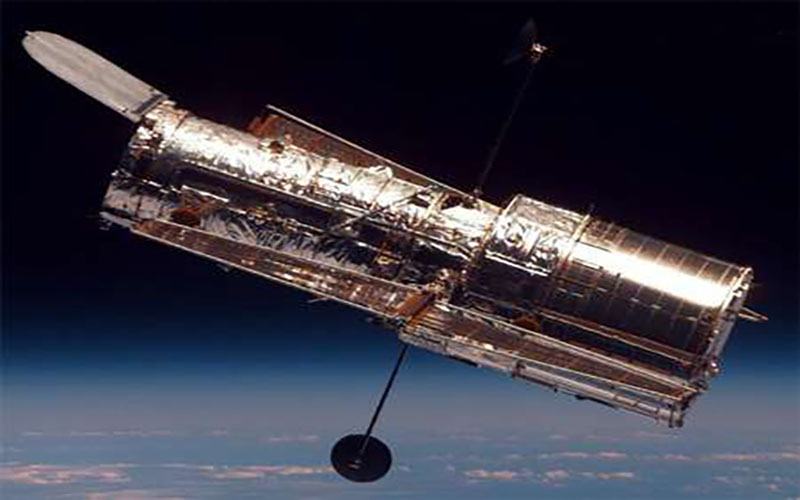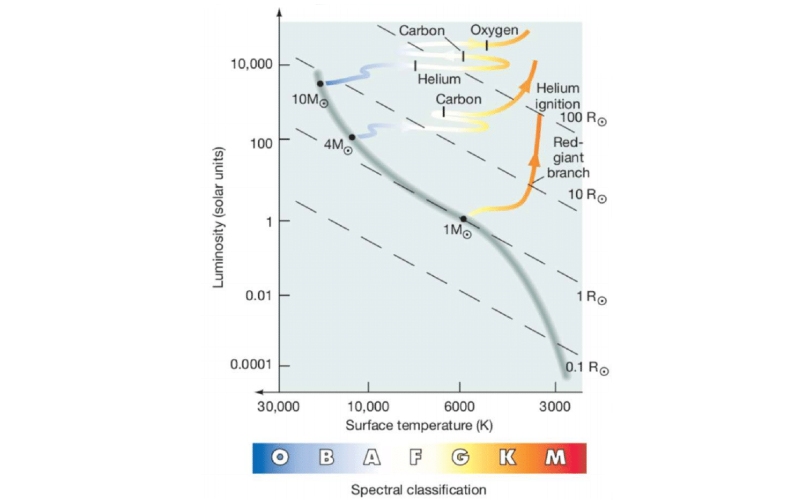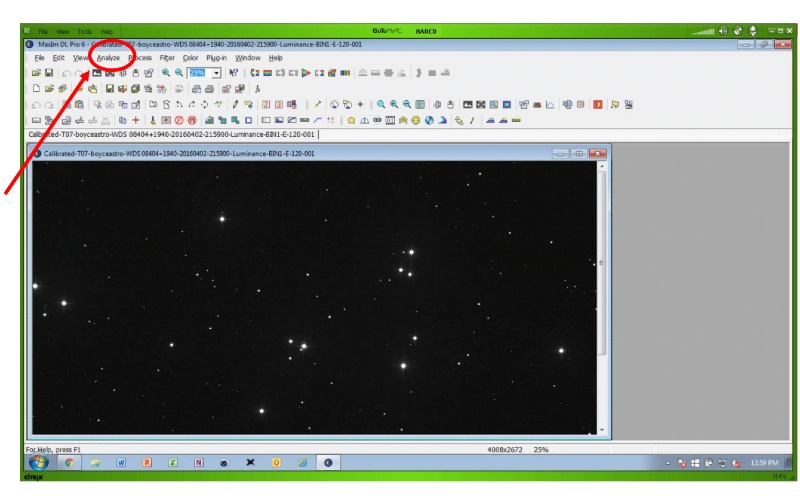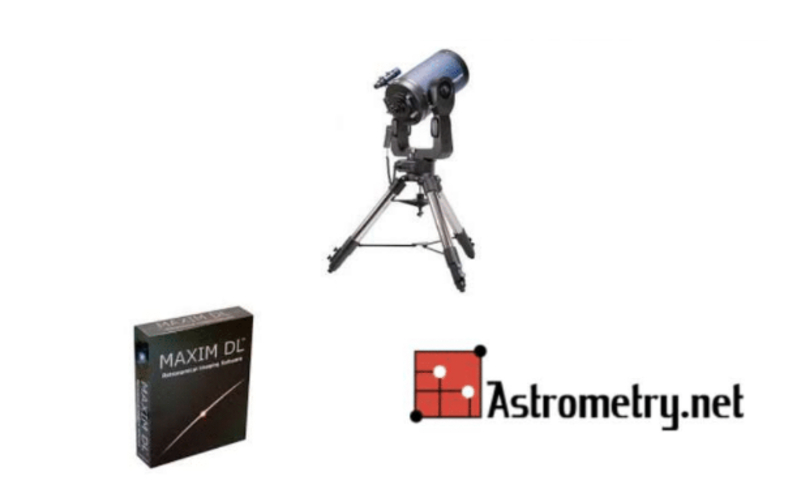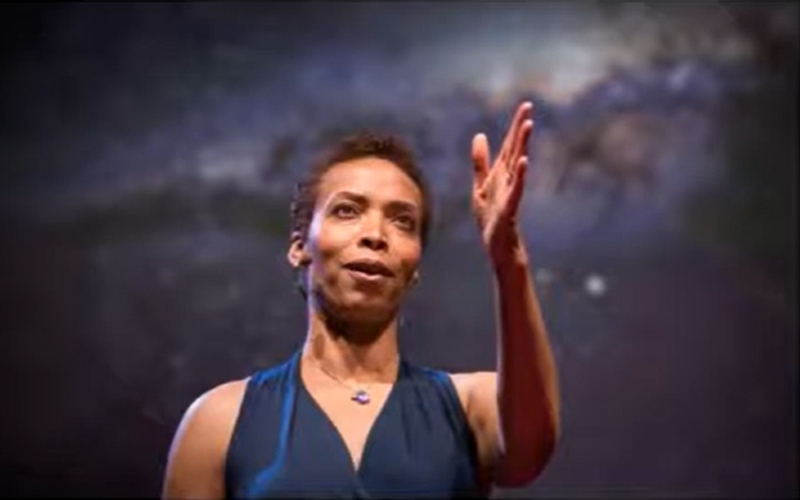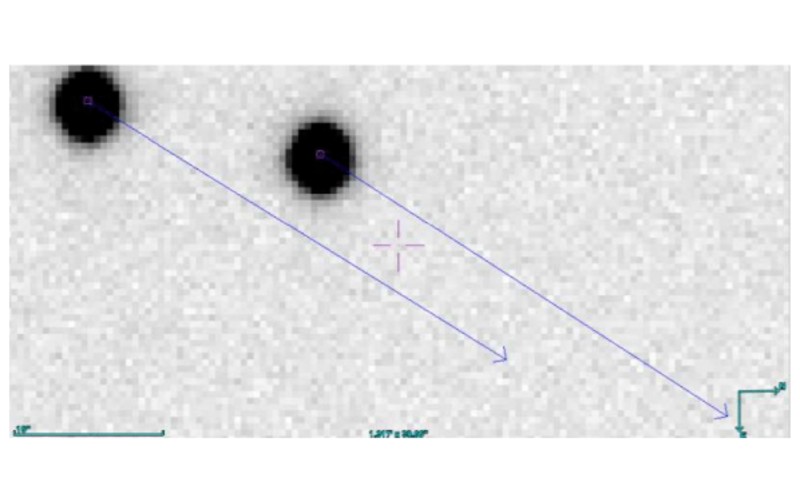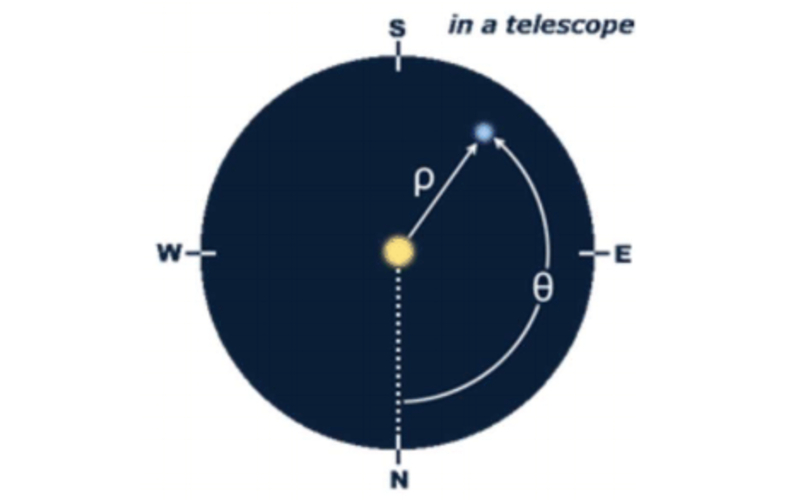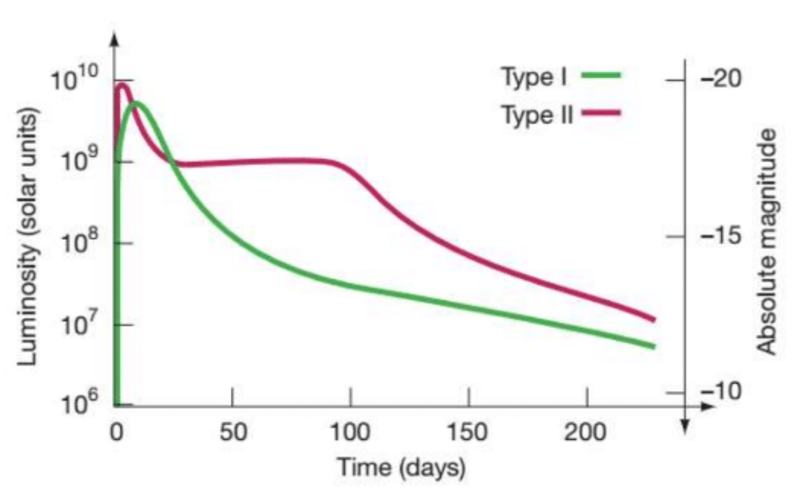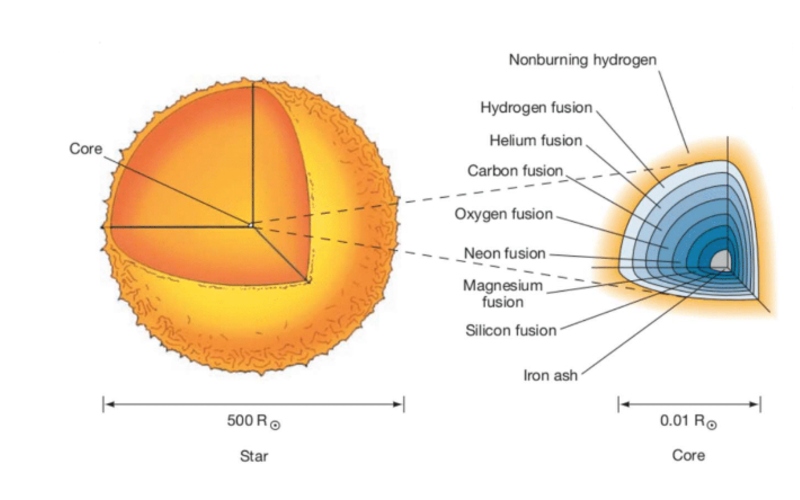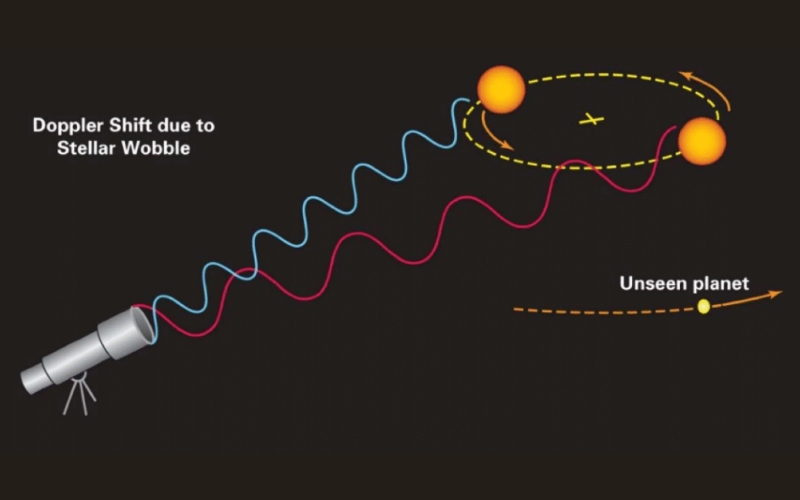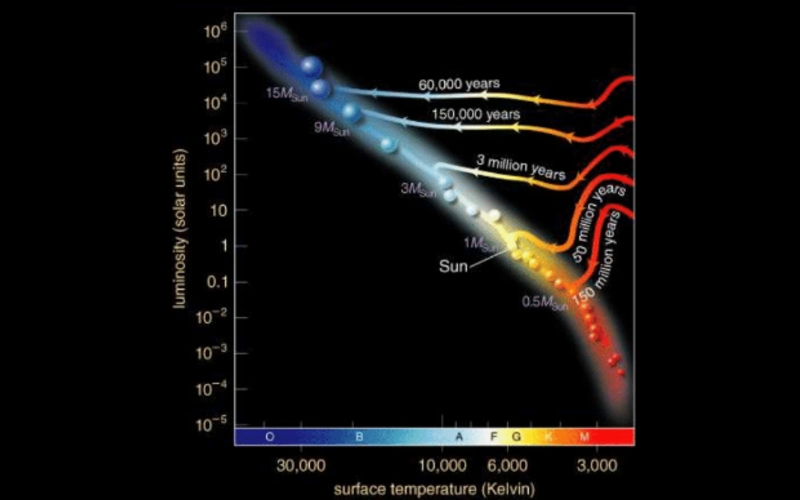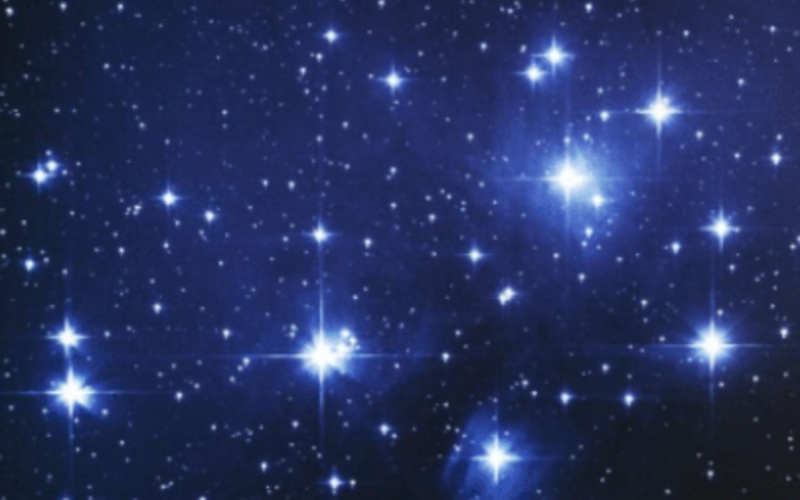Videos
Video Categories
Instrumental Magnitude
Instrumental magnitude is derived from the raw counts of a CCD image, and can be combined with other measurements to achieve both apparent and absolute magnitude.
Luminosity, Temperature and Radius
By utilizing the Stefan-Boltzmann Law and the basic properties of a sphere's surface area, a star's luminosity, temperature, and radius can be mathematically related and thus used to calculate each other.
Phase Diagram
By folding light curve data, phase plots provide a way to construct and analyze a variable star's light curve using multiple measurements.
Light Curve Analysis Aov ANOVA
ANOVA/Aov (Analysis Of Variance) is a simple yet powerful statistical model used to find a repeatable period in a variety of scattered light curve data points.
Why Study Variable Stars
From measuring the distances to galaxies to discovering new planets, studying variable stars allows us to refine our current understanding of astrophysics and get to the heart of how our universe works.
Difference Between Nova and Supernova
Stars can go nova multiple times, and is an accretion-explosion cycle; while supernovas only occur once in a star's lifetime and are caused by a high mass star core collapse, releasing great amounts of energy
WCS Coordinates Using MaximDL
This tutorial will show you how to access your star images on BARC, opening them in MaximDL, applying WCS coordinates, and saving the files.
WCS Coordinates
The World Coordinate System (WCS) is the RA and Dec embedded in a FITS image. Multiple tools, such as astrometry.net and MaximDL can insert WCS coordinates into the image
How to Give Good Talks Part III
Practice your presentation before you present, acknowledge your audience, don't have unnecessary body language, use active voice, and don't use too many acronyms.
How to Give Good Talks Part I
To give a good talk, you should first plan. The planning phase includes finding a hook, knowing your takeaway, knowing your audience, and know your time limit.
Common Proper Motion
Common proper-motion pairs are a subset of binaries where the stars share similar proper motions
Theta and Rho
Theta & Rho are the position angle, measured from North, and separation of two objects.
Stellar Death – High Mass Stars
High mass stars have a more stable evolution from one fusion process to the next. As iron fills the core, the star begins to implode and fall into itself. There are two types of supernovae, based on the hydrogen content.
Stellar Life after the Main Sequence
The path a star takes after the main sequence is dependent on the star's mass. Stages 8-11 are Subgiant Branch, Red-Giant Branch, Helium Fusion/Horizontal Branch, and Asymptotic Giant Branch.
Doppler Shift
The Doppler shift is the change of a wavelength with motion, and is most used in astronomy in the field of spectroscopy
Stellar Life Interstellar Medium to the Main Sequence
The process from the interstellar medium to the main sequence is how a star forms.
HR Diagram and Star Clusters
Clusters (which come in open, associations, and globular varieties) provide the best means for us to compare theories to actual stellar evolution and can be studied via photometry and spectroscopy.

